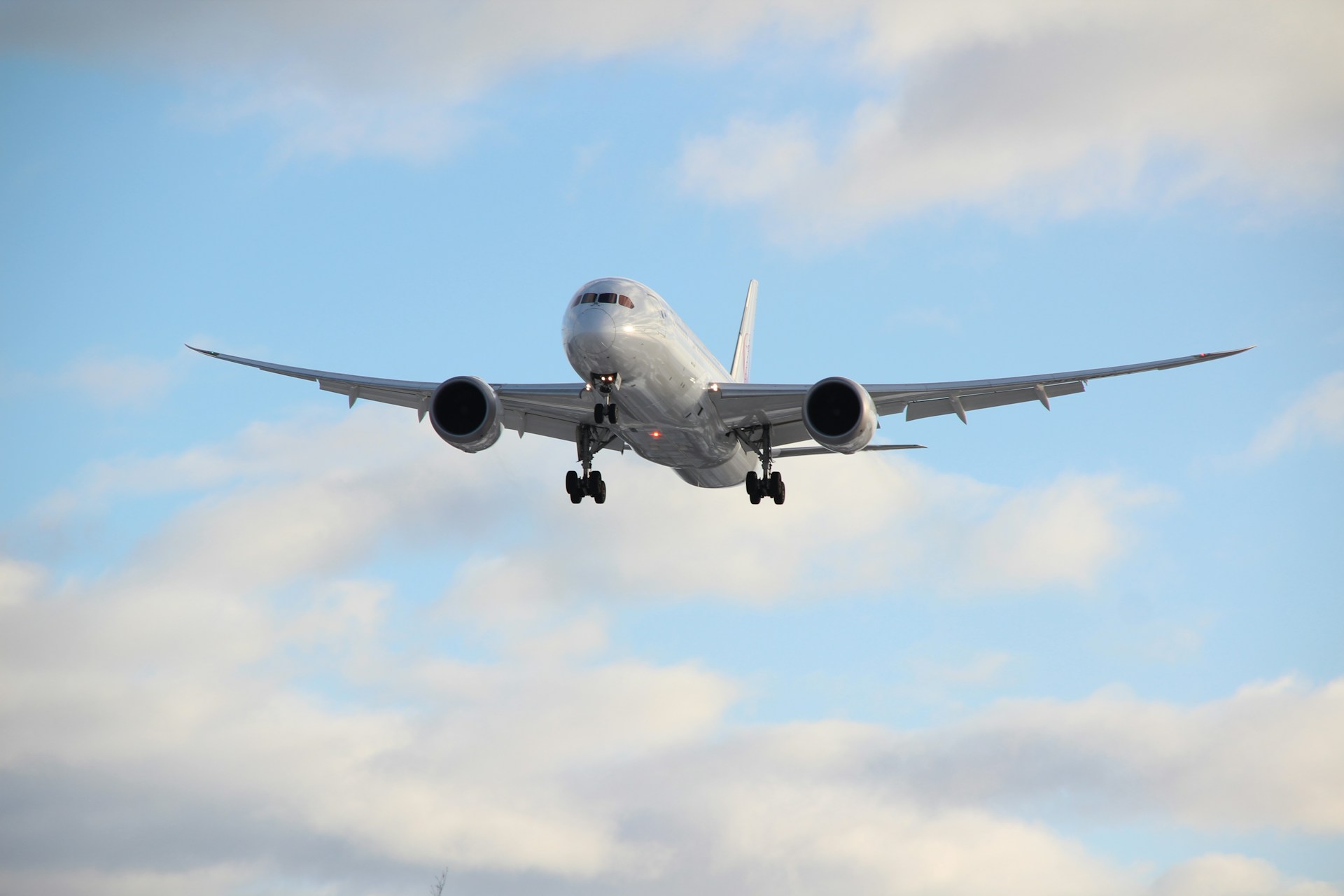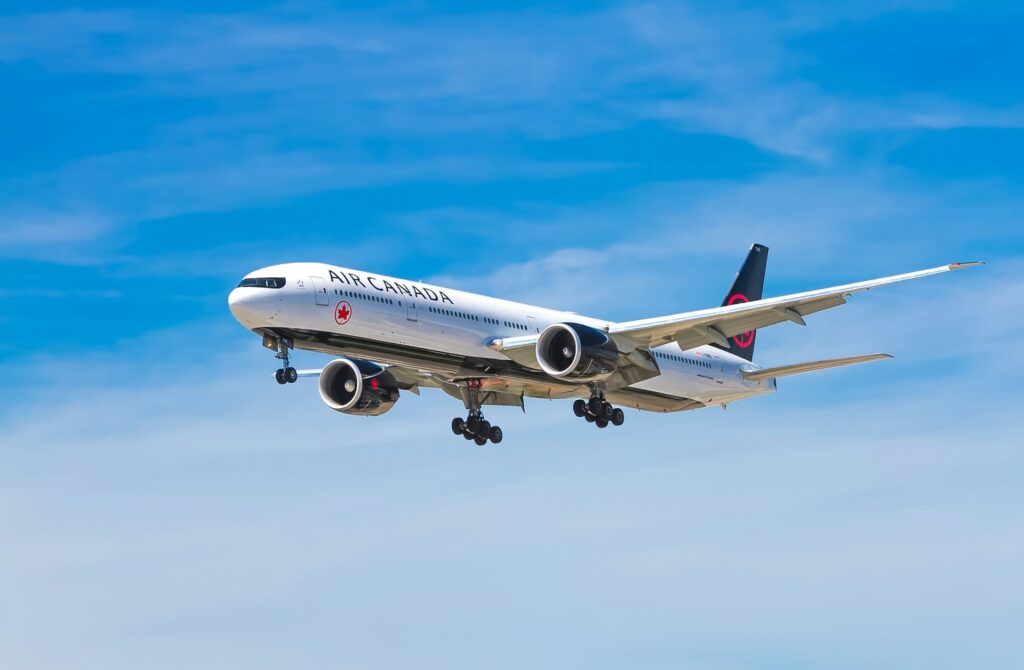Dr. Rejish Jesudasan, a research fellow at the University of Surrey, is leading a team developing a new computational approach called AeroMap, designed to predict aerodynamic drag during the early stages of aircraft design with greater speed and reliability. This work, could play an important role in helping engineers design safer, more efficient, and more sustainable aircraft.
Jesudasan, R., Doherty, J., & Marques, S. (2026). Enhancing rapid drag analysis for transonic aircraft configuration trade studies. Aerospace Science and Technology, 168, 110727. https://doi.org/10.1016/j.ast.2025.110727
Aerodynamic drag is one of the central forces that determines how efficiently an aircraft moves through the air. Being able to estimate drag accurately in the early design phase allows engineers to avoid later redesigns, which are costly and time-consuming. It also provides engineers the opportunity to test a wider range of design options and improve performance before resorting to expensive wind-tunnel testing or high-fidelity simulations. The University of Surrey team’s AeroMap method aims to provide reliable predictions while cutting computation times dramatically.
Dr. Rejish Jesudasan, a research at the University of Surrey stated,
“Our goal was to develop a method that provides reliable transonic aerodynamic predictions for a range of configurations, without the high computational cost of full-scale simulations. By providing reliable results earlier in the design process, AeroMap reduces the need for costly redesigns and repeated wind-tunnel testing.”
AeroMap was developed to estimate drag for different wing-body configurations, especially those operating at speeds close to the speed of sound, known as the transonic regime. In tests, AeroMap produced aerodynamic data sets between ten and one hundred times faster than conventional high-fidelity simulations while maintaining close agreement with experimental data. The researchers validated their results using NASA wind-tunnel data and found the model’s predictions closely matched real-world measurements.
According to Dr. Jesudasan, the goal of the research was to develop a tool that delivers consistent aerodynamic predictions early in the design cycle without the heavy computational cost that typically accompanies detailed simulations. He explains that AeroMap can help reduce the need for costly redesigns and repeated wind-tunnel testing by providing trustworthy results earlier in the process. This allows engineers to refine designs with greater confidence and efficiency.
AeroMap operates on what is known as a viscous-coupled full potential method. The framework combines a simplified form of the Navier–Stokes equations, which describe how air moves around a body, with a boundary-layer model that captures how thin layers of air behave along the aircraft’s surface. This method balances computational efficiency with physical accuracy, capturing the main effects that contribute to drag without the immense computing power required for high-fidelity approaches.
Dr. Simão Marques, a senior lecturer in the Department of Mechanical Engineering Sciences at the University of Surrey and a co-author of the study, noted that accurately predicting transonic performance during early concept development has long been a challenge for aircraft designers. He explained that many of the empirical methods still used in industry today were developed decades ago and were based on older datasets. While these traditional methods are fast and practical, they can be less accurate when applied to the high-efficiency wing geometries found in modern aircraft. AeroMap provides a physics-based alternative that bridges this gap, offering greater reliability without sacrificing speed.
John Doherty, another co-author and a reader in vehicle engineering at the University of Surrey, added that the research group is now working to combine AeroMap with design optimization tools. This integration could allow engineers to evaluate a wider range of configurations automatically, testing how changes in shape, angle, or structure influence aerodynamic performance. The hope is that this combination of rapid drag estimation and automated optimization could make it possible to identify more efficient designs earlier in the design process, reducing overall development time and cost.
The research carries significant implications for the future of sustainable aviation. Aircraft manufacturers are under growing pressure to meet stringent fuel-efficiency and emissions targets. Tools like AeroMap could help by allowing engineers to explore and refine low-drag, fuel-efficient configurations much faster than before. In traditional workflows, early-stage drag analysis is often a limiting step, as each test can take hours or even days of computational processing. AeroMap’s ability to generate accurate results in a fraction of the time could accelerate the design cycle, helping teams iterate more rapidly and push designs toward greater sustainability.
While the initial findings are promising, the researchers emphasize that AeroMap is not intended to replace detailed simulations or experimental testing entirely. Instead, it serves as a practical middle ground—a tool for the conceptual and preliminary stages of design, when engineers must make many trade-off decisions under time constraints. The model simplifies certain aspects of the airflow physics, so it may not capture complex effects like strong flow separation or intricate shock interactions that occur in some flight conditions. However, by providing a reliable approximation early on, it allows engineers to reserve expensive, high-fidelity analysis for only the most promising configurations.
Dr. Marques noted that the next step in the project will be testing AeroMap across a wider range of flight conditions, including low-speed and high-lift scenarios, to determine how well the method generalizes beyond the transonic regime. The researchers are also investigating how AeroMap could be used for unconventional aircraft shapes, such as blended-wing-body or strut-braced configurations, which are increasingly being considered for future sustainable air transport concepts.
For engineers, the development of AeroMap highlights an important shift in modern aircraft design. The growing complexity of aerodynamic systems and the need for energy-efficient solutions require tools that can balance speed, cost, and physical accuracy. By embedding more physically informed models into faster computational frameworks, design teams can perform more comprehensive trade studies early on, when design flexibility is greatest and costs are lowest.
Dr. Jesudasan emphasized that this approach reflects a broader trend in the aerospace industry toward integrating computational methods with optimization and data-driven design. By enabling more reliable aerodynamic predictions at the conceptual stage, AeroMap may help teams focus their resources more effectively and reduce the overall environmental and financial footprint of development.
The study, titled Enhancing Rapid Drag Analysis for Transonic Aircraft Configuration Trade Studies, appears in the journal Aerospace Science and Technology. It reflects a growing movement among engineers and researchers to improve the tools available for early-stage design and to make aerodynamic analysis more accessible, efficient, and aligned with sustainability goals.
In summary, AeroMap represents a step forward for computational aerodynamics. It offers a way to balance the demands of speed and accuracy in aircraft design, helping engineers explore more possibilities in less time. Although it will not replace full simulations or wind-tunnel tests, it may well become a valuable companion to them—a reliable and rapid estimator that helps shape the aircraft of the future.

Adrian graduated with a Masters Degree (1st Class Honours) in Chemical Engineering from Chester University along with Harris. His master’s research aimed to develop a standardadised clean water oxygenation transfer procedure to test bubble diffusers that are currently used in the wastewater industry commercial market. He has also undergone placments in both US and China primarely focused within the R&D department and is an associate member of the Institute of Chemical Engineers (IChemE).



